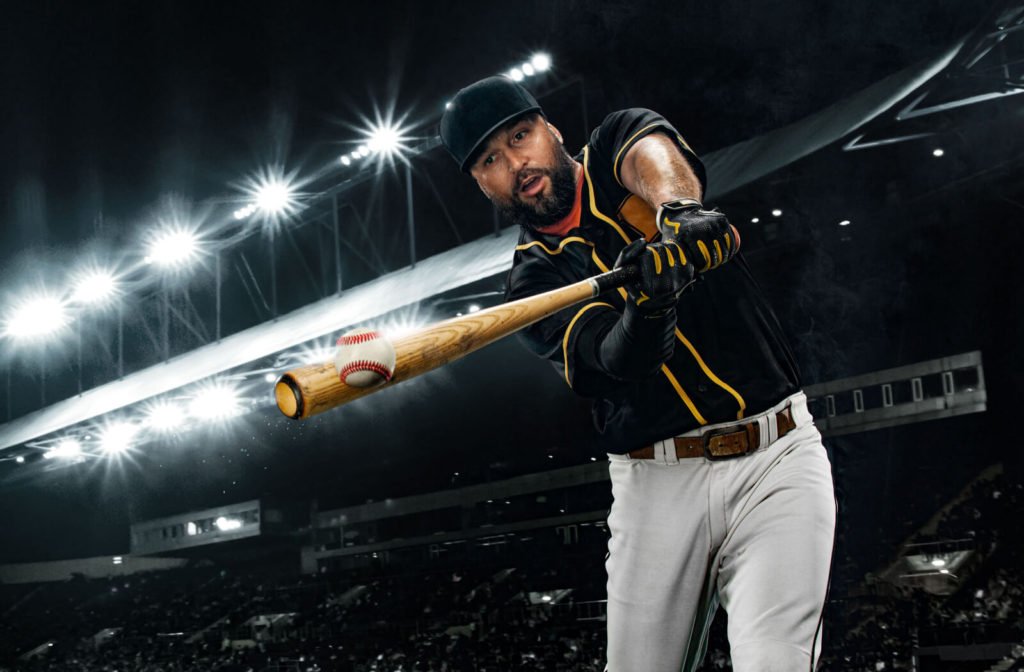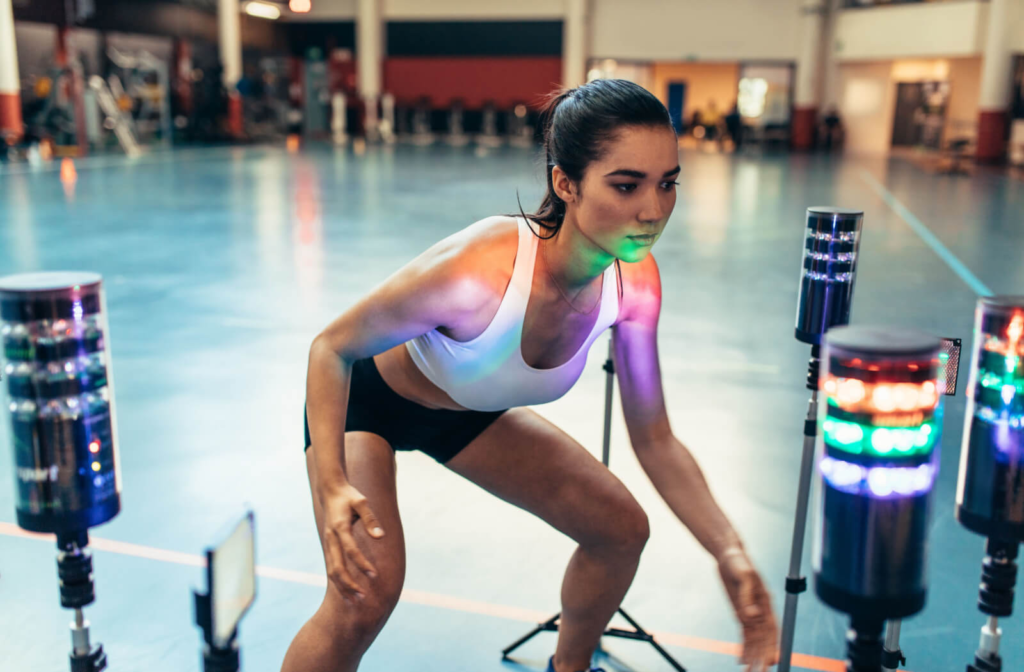You recently had an eye exam and passed with 20/20 vision. That can mean you have good eyesight, but it might not say everything about your visual skills.
As an athlete, your vision plays a crucial role in your performance. Whether you’re playing basketball, soccer, tennis, or any other sport, your ability to track moving objects, judge distances, and react quickly to visual cues is critical for success.
This is where sports vision training comes in. Sports vision training can help you enhance visual skills and support your sports performance with specific optometric vision therapy and training techniques.
As your local eye care team, we’re here to help you explore the benefits of sports vision training and learn how it can take your game to the next level.
What Is Sports Vision Training?
Sports vision training is a specialized subtype of vision therapy that focuses on improving visual skills for sports performance. There are 17 visual skills you need to succeed in daily activities, from reading to learning to sports.
Sports vision training aims to enhance these skills so athletes can perform better on the field, court, or track. It includes a variety of exercises and techniques that target your visual system and specific visual abilities to help your brain interpret visual information.
A sports vision therapy program is customizable to meet individual needs. You can benefit from sports vision therapy if you relate to the following:
- You want to improve hand-eye coordination
- You squint or tilt your head frequently
- You find it difficult to follow a moving target
- You experience dizziness or motion sickness
Benefits of Sports Vision Training
New and seasoned athletes, adults, and children can benefit from sports vision therapy, especially if a visual challenge is affecting sports performance. Common signs of a vision problem that may affect sports performance include:
- Reluctance to join team sports
- Diminished interest in sports
- Difficulty with catching or throwing
- Difficulty seeing moving objects clearly
- Difficulty tracking moving objects or other players
- Misjudging distances
- Strong athletic skills with poor performance
- Practice does not improve performance
Enhancing visual performance, such as hand-eye coordination, reaction time, depth perception, peripheral vision, and visual tracking, can help improve an athlete’s overall performance in ways that can support the goals of physical training.

Improved Hand-Eye Coordination
Hand-eye coordination is a critical skill for most sports that involve reacting to visual information with accurate body movement. For example, when throwing, swinging a bat, or shooting hoops.
Sports vision therapy can help athletes improve their hand-eye coordination by enabling athletes to accurately time and control their movements and teaching them to track moving objects and respond quickly to visual cues.
Enhanced Reaction Time
Visual reaction time is how long it takes for an athlete to interpret and react to a stimulus, such as to a teammate, opposition, or a ball coming towards them. Sports vision therapy can help athletes improve their reaction time by training them to recognize and respond to visual cues more quickly.
In fast-paced sports, those split-second reactions can make all the difference, such as when catching a ball, swinging a bat, or returning a serve.
Improved Depth Perception
Depth perception is the ability to judge objects in the distance accurately and quickly. In sports, this skill is essential for making accurate passes, catching balls, and avoiding collisions with other players.
Sports vision therapy can help athletes improve their depth perception by teaching them to focus on visual cues that indicate distance, such as shadows or angles, to estimate the location of a ball, teammate, opponent, boundary line, or goal.
Peripheral Vision Support
Peripheral vision is the ability to see objects outside your direct line of sight—or see from the corner of your eye while looking straight.
In sports, this skill is essential for maintaining awareness of other players and anticipating their movements. Sports vision therapy can help athletes use their peripheral vision by training them to see their surroundings quickly and effectively without turning their heads.
Eye Focusing
Eye focusing is the ability to change focus quickly and accurately between near and far distances. This skill is essential for sports where you look far while moving and managing a ball or opponent up close.
How Do You Get Started with Sports Vision Training?
If you’re interested in sports vision training, speak to your eye doctor about an individualized sports vision therapy program based on your needs and sport. We can help you find exercises and prescribe routine treatments to target specific visual skills.
With ongoing support for sports vision training, many amateur and professional athletes can improve their performance.
Enhancing Sports Performance with Vision Therapy
Sports vision therapy can benefit athletes of all levels and ages. Book an appointment with Crum Optometric Group if you’re interested in learning about our sports vision therapy programs and how they can help enhance your visual skills to take your game to the next level.





